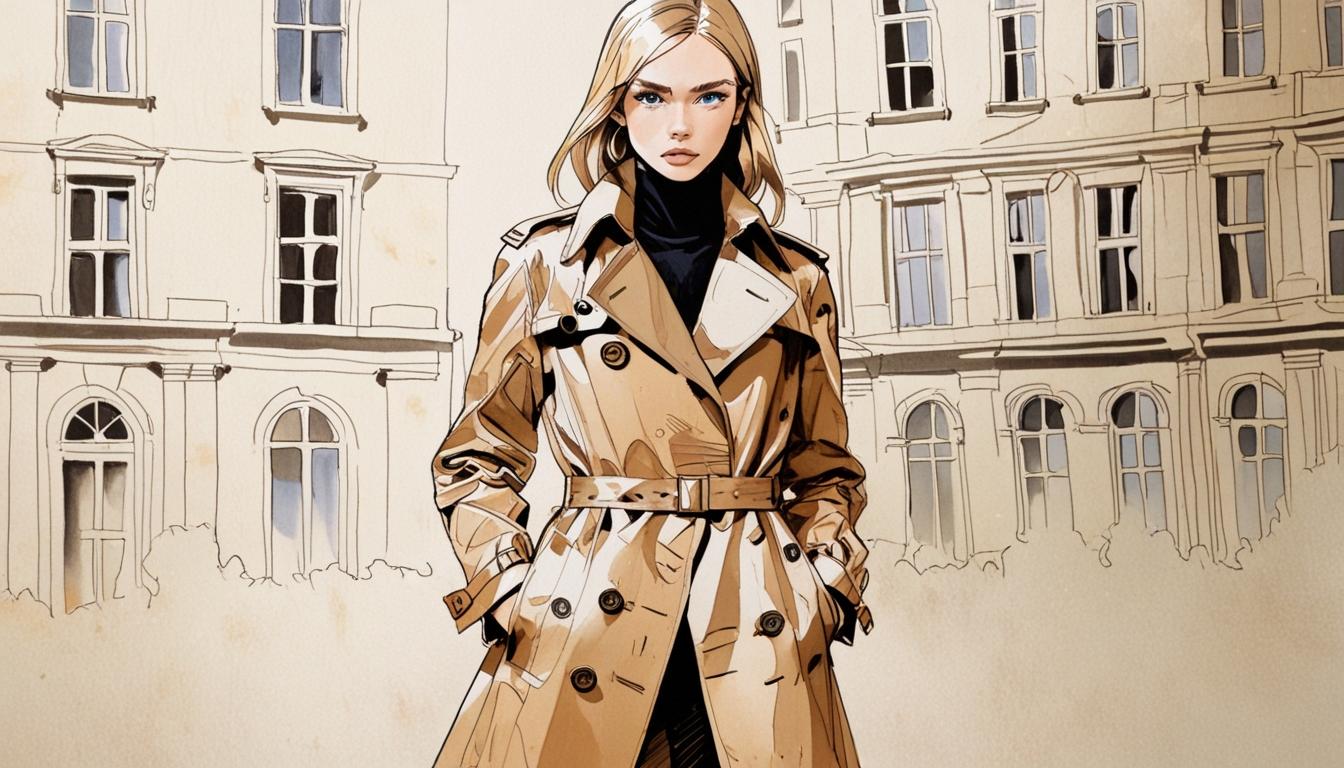London Fashion Week 2025 wrapped up recently with a highly anticipated Burberry show at Tate Britain, marking a significant moment in the fashion calendar. The event showcased a wealth of British talent and innovation while attracting an impressive guest list that included a variety of celebrities such as Brooklyn and Nicola Peltz Beckham, Lauryn Hill, and Anna Wintour. The runway itself saw familiar faces like Richard E. Grant and Naomi Campbell, who stepped away from the front row to participate as models. This year also saw unexpected celebrity cameos in various shows, adding a unique twist to the proceedings.
The Burberry presentation, held on the final evening of London Fashion Week, was described by Anna Murphy, Fashion Director at The Times, as “the biggest event” of the week. Daniel Lee, the brand's creative director, drew inspiration from quintessential British lifestyle themes, such as “long rainy walks in the great outdoors” and “day trips to grand stately homes,” encapsulated in the collection’s focus on outerwear. Known for its iconic trench coats, Burberry's lineup also featured coats with bold designs, including one dubbed the "Komondor coat," which garnered attention for its shaggy aesthetic.
London Fashion Week featured a range of designers who highlighted independent creativity, even in the absence of some major brands. The Independent reported that JW Anderson and 16Arlington were notable no-shows this season, which contributed to a less vibrant atmosphere compared to other fashion weeks in Milan, Paris, and New York. Nevertheless, several independent designers made a mark with innovative collections, including Harris Reed, whose punk-inspired pieces showcased models in bird cages and corset gowns, and Sinead Gorey, who pushed boundaries with humorous and rebellious motifs.
Emerging designers such as Sinéad O’Dwyer received recognition for their commitment to inclusivity, presenting a diverse range of models in her show titled "Character Types." O’Dwyer is known for her emphasis on creating fashion that represents various body types and disabilities, subverting traditional beauty standards in the industry. Her playful interpretation of clothing included leather kilts and bandaged tights, aimed at challenging perceptions of sexuality and femininity.
The collections unveiled during London Fashion Week offered a glimpse into the trends expected for the upcoming autumn and winter seasons, with a notable focus on Eighties-inspired power dressing, vibrant prints, and textured materials. Designers like Simone Rocha and Richard Quinn played with these elements, offering everything from oversized blazers and tailored trousers to colourful florals and lace detailing.
Among those emerging on the scene is Steven Stokey Daley, whose collection drew on themes of eccentricity within workwear, providing whimsical pieces that resonate with a broader audience. Likewise, Completedworks opted for a creative presentation during their show that included a live QVC-style performance, showcasing an innovative approach to retail and fashion marketing.
As the week progressed, it became evident that the balance between established names and fresh talent is crucial in maintaining the vibrancy of London Fashion Week. The event not only highlighted the innovative designs of independent labels but also the enduring influence of established brands like Burberry, which continues to navigate the complexities of the luxury market.
While speculation surrounds Daniel Lee’s future at Burberry following the show, the overall sentiment from this year’s London Fashion Week reveals a commitment to exploring the evolving landscape of fashion, reflecting both creativity and inclusivity crucial to the contemporary scene.
Source: Noah Wire Services
